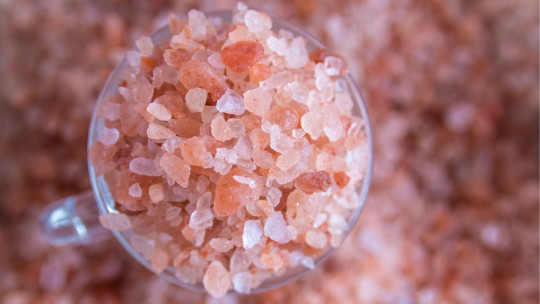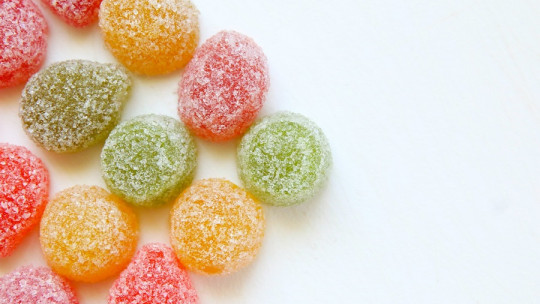Salt is and has been throughout history a fundamental element in our diet , serving both in the preparation of dishes and when preserving food. It is, at least in the case of those used for consumption, sodium chloride, a component necessary for life and the electrolyte balance of the body (although it is already present in foods naturally).
However, as we already know, an excess of salt in the diet is tremendously harmful and can lead to life-threatening conditions and health conditions. That is why the existence of alternatives that apparently have a lower level of sodium and are healthier is desirable, and these alternatives are increasingly popular.
An example of this is found in the increasingly common Himalayan pink salt which we are going to talk about in this article.
Himalayan pink salt
It is called Himalayan pink salt, a type of salt with a pinkish color that, despite its name, It does not come from said mountain range but from the Khewra salt mine, in Pakistan It is a type of rock salt, since it comes from mines and not from the sea, which is widely sold throughout the world as one of the most natural and healthy salts, and medicinal properties are even attributed to it.
It is a natural and unrefined salt, something that has earned it the admiration of many. In addition, It is usually more expensive than normal often being considered a type of exotic gourmet salt.
It is generally said that it has around 84 essential components for our diet, although some studies seem to indicate that only around a dozen of them have been found in the samples analyzed. Specifically, it has been observed that sodium chloride (this being the majority component), magnesium, potassium, iron, copper, cobalt, chromium, zinc, fluorine, gold, calcium, manganese and iodine. In addition to this, the presence of impurities in the form of gypsum (and in some cases, although in a negligible proportion, lead, mercury or arsenic) have also been observed.
Its main use is in cooking, in which it is especially attractive both for its different appearance from common salt and for the benefits it is considered to have. It has also been used as a decorative element as an element to add to the water when we bathe and there are even lamps made of this type of salt.
Its supposed properties
Since the so-called rose gold was named and introduced by Peter Ferreira in Germany, there has been talk of the supposed medicinal properties of this type of salt
Among them, the alleged ability to reduce atherosclerosis, regulate blood pressure and prevent arrhythmias stands out, in addition to helping to treat asthma or osteoporosis (supposedly by strengthening bones). It has also been said that this type of salt favors the acid-base balance of the blood and that it has antibacterial and anti-inflammatory action, and that it helps regulate the amount of glucose in the blood (something that would be useful for diabetics), prevent cramps and improve libido and sleep. Likewise, it is also said to improve the functionality of the kidneys, prevent fluid retention and facilitate hydration.
What the studies seem to indicate
As we have indicated in the previous section, those that have been indicated so far are properties that have been attributed to it. Although some of them are true, others are based on the existence of specific minerals that, in order to generate A true positive effect would require massive consumption of salt (which on the other hand would generate adverse effects) Unfortunately, and as can be deduced from some studies carried out, behind many of these advantages we can find a considerable marketing strategy.
Yes, it is true that we are dealing with a type of natural and unrefined salt, not being processed and therefore its properties not being chemically manipulated, something that on the other hand can allow its impurities to reach us on the table. However, there are authors who indicate that in reality pink salt owes its color to a production process not being as natural or pure as claimed.
Another notable point is that although its composition is practically the same as that of other salts and is mainly made up of sodium chloride, it is true that it has a saltier taste (something that makes us miss it less) and that When starting from large blocks of salt, the amount of sodium in each portion is lower. Ultimately, this can have a positive effect or, rather, not affect health as much as other salts at the vascular level
In addition, like other salts, it also participates in regulating the body’s electrolyte balance and contributes to fluid retention. It also makes sense that it can help prevent cramps, since some of them are caused by low levels of electrolytes. Regarding the rest of the supposed properties, a higher level of research will be necessary to assess them, as there is currently not enough evidence in this regard or they are considered directly false.









